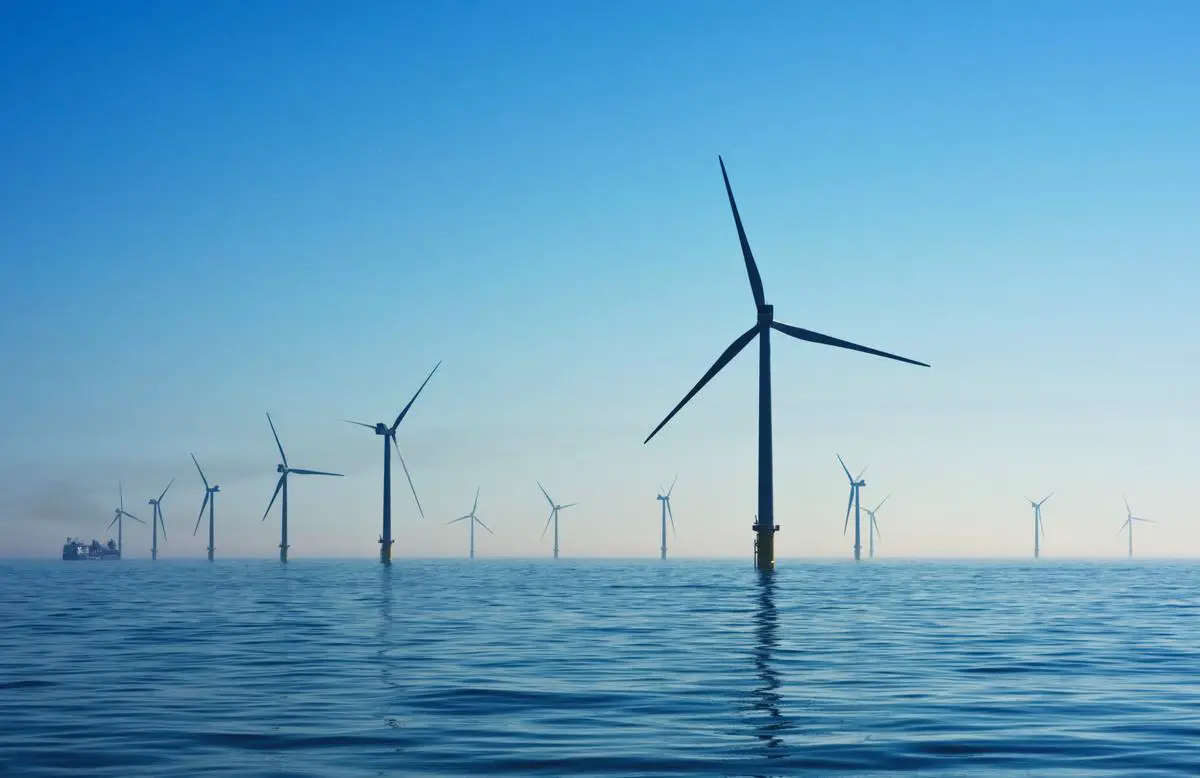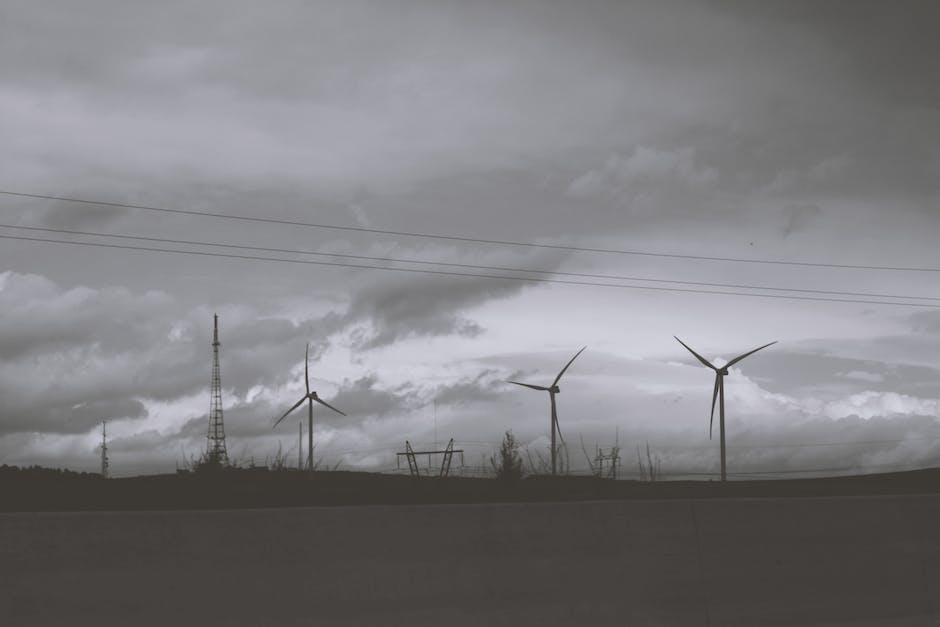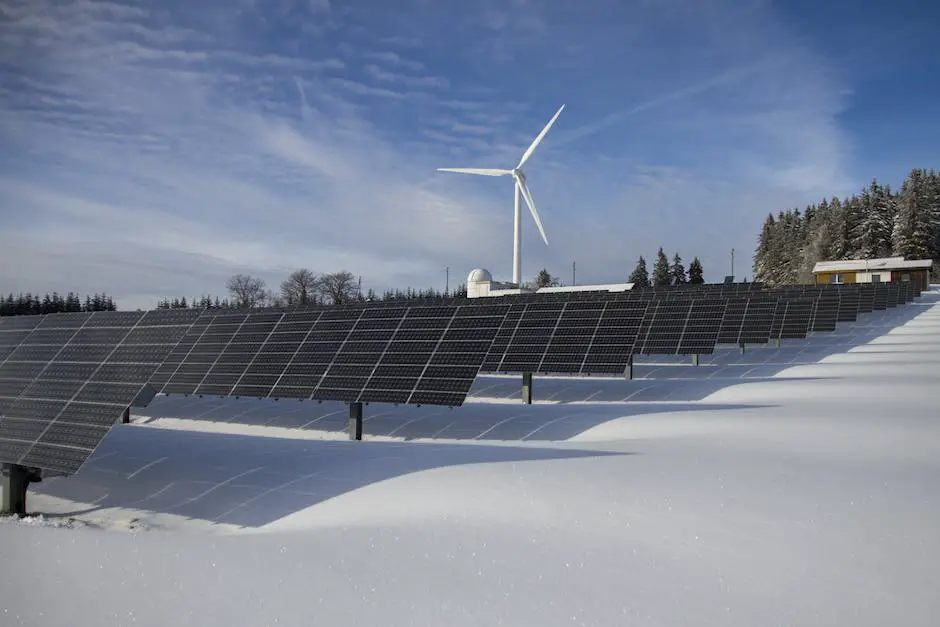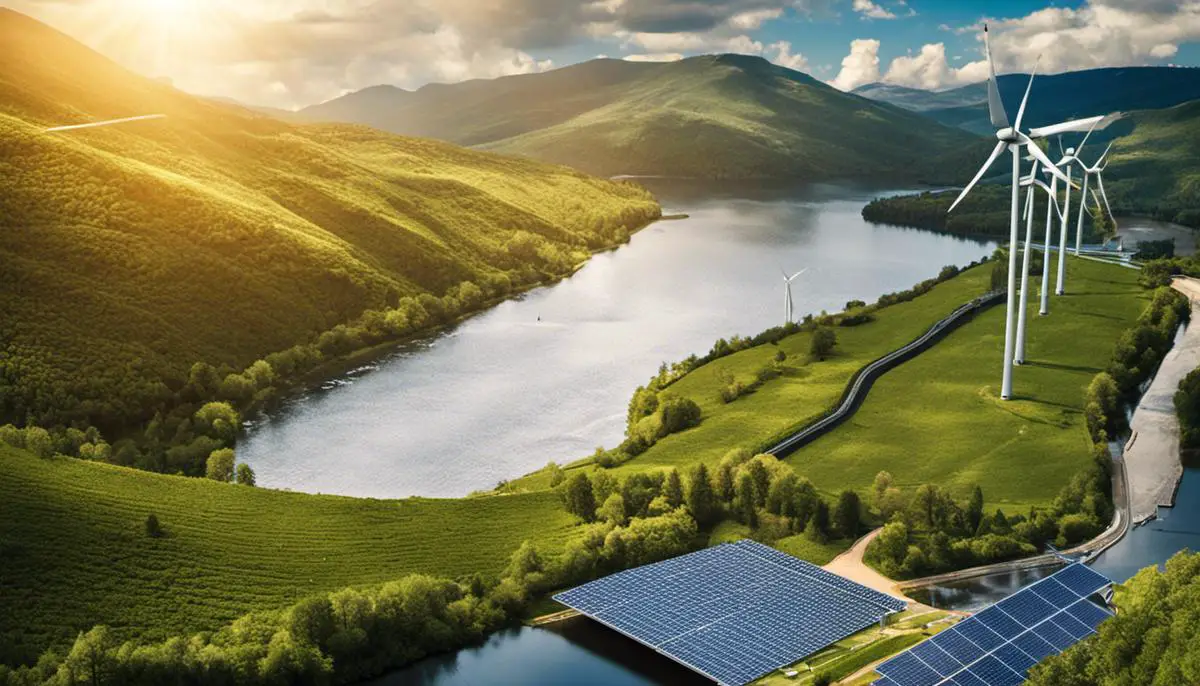From the incessant rays of the sun to the constant blowing of the wind, the world around us is teeming with potential sources of renewable energy. As the globe grapples with the stark reality of climate change and dwindling fossil fuel resources, mankind’s focus is shifting to renewable energy not just as an alternative, but as the future of energy. In this discourse, we will demystify renewable energy systems, taking an analytical journey from their basic understanding to their numerous benefits, challenges, and, most importantly, their future potential. We’ll explore various types of renewable energy systems, such as solar, wind, hydro, geothermal, and biomass, elucidating how each harnesses and converts energy. Further, we will weigh the environmental and economic profits of these systems, challenge the barriers of their implementation, and gauge the trajectory of their future growth.
Basics of Renewable Energy Systems
Understanding Renewable Energy Systems:
Renewable energy systems refer to the technologies and methods used to harness energy from resources that can naturally replenish themselves within human lifespan, which makes them a sustainable and environmentally friendly option for power generation. These systems tap into energy generated by the sun, wind, water, the earth’s heat and organic materials to create power, which can then be used for a variety of purposes such as heating homes, powering vehicles and running industries.
Importance of Renewable Energy Systems:
The importance of renewable energy systems cannot be overstated in today’s world. These systems enable us to reduce reliance on fossil fuels, which are not only finite, but also major contributors to air pollution and climate change. By switching to renewable energy, we can significantly cut down on greenhouse gas emissions, thus mitigating the impacts of global warming. Moreover, renewable energy systems can also bring about energy independence, create jobs, and stimulate economic growth.
Solar Energy Systems:
Solar energy systems work by converting sunlight into electricity. This is typically done using solar panels, which consist of numerous photovoltaic cells that generate electric charge when exposed to sunlight. The electric charge is then passed through an inverter to convert it into a usable form of electricity. Solar energy is a widely used renewable energy source due to its reliability and abundant availability.
Wind Energy Systems:
Wind energy systems harness the power of wind to produce electricity. Wind turbines, which can have two or three long blades, are installed to capture wind energy. The kinetic energy of the wind turns the blades around a rotor, which is connected to a main shaft that spins a generator to create electricity. Like solar energy, wind energy is also a clean, non-polluting renewable resource.
Hydropower Systems:
Hydropower systems generate electricity by harnessing the energy in flowing or falling water. A typical hydropower plant includes a dam built across a river to store water. When the stored water is released, it flows through turbines, turning them and their connected generators to produce electricity. Hydropower is a highly efficient source of renewable energy and has been utilized for centuries.
Geothermal Energy Systems:
Geothermal energy systems use the natural heat from beneath the Earth’s crust to generate power. This heat is usually harnessed in the form of steam or hot water, which can be used to drive a turbine connected to a generator. Geothermal energy, while not as widely accessible as solar or wind energy, is a viable renewable energy source in some parts of the world, particularly those with high volcanic activity.
Biomass Energy Systems:
Biomass energy systems utilize organic material like dead plants, waste wood, agricultural residue, and even food waste to produce electricity or heat. The biomass is usually burned to create heat, which is then used to produce steam and power a turbine connected to a generator. Biomass energy can contribute to waste reduction while providing a renewable source of power.
Undoubtedly, renewable energy systems are pivotal in our fight against climate change and our pursuit of a sustainable future. The attractiveness of these systems is only becoming stronger as we continue to witness advancements in technology and simultaneous decrease in costs, hinting towards an impending upsurge in their adoption.

Benefits of Renewable Energy Systems
Why Renewable Energy Systems Good for Our Environment
Contrasting substantially from traditional energy sources that rely on exhaustible fuels like coal, oil, or natural gas, renewable energy systems draw power from infinite sources including sunlight, wind, and geothermal heat. Emission of harmful greenhouse gases, exacerbated by burning fossil fuels, is minimal with renewable sources and thereby these systems array commendable potential in our global mission to counter climate change and reduce our collective carbon footprint.
Beyond these notable attributes, renewable energy systems are also environmental stewards given their non-depletion of natural resources. In contrast with other power sources, they generate energy in a remarkably cleaner manner, discharging little to no pollutants. Consequences of employing these systems extend beyond energy production; they enhance the quality of our air and water, compound the health of our environment, and in doing so conserve our unique biodiversity by providing a safer habitat for flora and fauna.
Non-Exhaustibility and Health Benefits
Renewable energy systems such as solar, wind, and hydro power are non-exhaustible. They are sustainable as they are based on natural resources that regenerate over time and do not run out. This contrasts with traditional forms of energy, like petroleum or coal, which come from sources that will eventually dry up.
The health benefits associated with renewable energy are often overlooked but are significant. Use of renewable energy reduces the release of pollutants that contribute to poor air quality, a major health hazard. Lowering air pollution reduces the risk of respiratory problems and fertility complications, amongst other health conditions. Improving the quality of our air leads to healthier communities.
Economic Benefits of Renewable Energy
Opting for renewable energy systems is not just good for the environment and health; it also makes economic sense. Renewable energy technologies are increasingly cost-competitive with fossil fuels, especially when factoring in externalities such as air quality, health effects, and climate impact. Moreover, the costs of installing renewable energy systems have been consistently falling, making it an economically attractive option.
In addition, renewable energy projects create a significant number of jobs, providing a boost to the economy. According to U.S. Bureau of Labor Statistics, solar photovoltaic installers and wind turbine technicians are the two fastest-growing occupations. Thus, the shift towards renewable energy not only helps to protect the environment but also stimulates job growth and local economic development.
Renewable Energy Systems: Paving the Way for a Sustainable Future
As the world grapples with increasing energy demands, the adverse environmental impacts of fossil fuels, and the pressing need to limit greenhouse gas emissions, the spotlight is firmly on renewable energy systems. From harnessing the power of the sun, wind, and water, these renewable energy sources provide a key solution to our energy challenges and represent a step towards sustainability. With the pace of technological advancements, we’re already witnessing significant improvements in the efficiency and cost-effectiveness of these systems. It is indeed the beginning of a global shift towards a clean, renewable energy-driven world.

Challenges and Solutions in Implementing Renewable Energy Systems
The Roadblocks to Renewable Energy Systems Adoption: Steep Initial Expenses
Transitioning to renewable energy systems is certainly a promising path but it is not devoid of challenges. One of the foremost hurdles is the hefty initial investment associated with their production and installation. For instance, setting up solar panels, wind turbines, and geothermal energy systems require a sizeable upfront financial commitment. Although these renewable energy systems promise long-term savings, the immediate financial burden can dissuade households and businesses from embracing this change. This obstacle is felt more intensely in economically disadvantaged areas where the high initial costs can become an insurmountable barrier.
Geographical Limitations In Renewable Energy Adoption
Also adding to the challenges are the geographical limitations inherent in various renewable energy technologies. The efficacy and efficiency of renewable energy systems often depend on the geographic location. For instance, solar power is less effective in regions that have limited sun exposure, and wind energy is more feasible in areas with consistent wind patterns. This can create an uneven distribution of renewable energy potential, which could undermine the broader objective of large-scale renewable energy transition. Geography can also impact the cost and logistical considerations of installing renewable energy infrastructure, such as offshore wind farms or geothermal plants.
Intermittent Energy Supply
Another significant hiccup in the adoption of renewable energy is the issue of intermittent energy supply. Different from traditional energy sources that can produce constant energy, renewable energy sources such as solar and wind are subject to variability. This means energy production can be inconsistent, depending on time of day, season and weather conditions. This intermittency presents a fundamental challenge to the reliability of these energy sources, and resolving this issue requires the development of more sophisticated energy storage solutions and grids that can balance supply and demand dynamics.
Addressing the Challenges Through Advancements in Technology
Despite these challenges, advancements in renewable energy technology offer considerable promise for the future. The costs of renewable energy equipment are rapidly decreasing due to improvements in technology and economies of scale. For example, the price of solar photovoltaic modules fell significantly over the past decade. Moreover, significant headway is being made in the development of energy storage solutions, such as advanced battery technology, that could help address the problem of intermittent supply.
Improving the Future with Renewable Energy
Progress and advancements in renewable energy technologies could help mitigate the challenges often associated with these systems. By introducing robust policy measures, regulatory frameworks, and incentives such as subsidies or credits for excess energy production, the initial costs of renewable energy deployment could be significantly reduced. On another front, technical evolutions like smart grids and grid-scale energy storage technologies can address intermittent energy supply, ensuring power availability at all times. Also, through continuous research into non-geographically dependent sources like tidal and geothermal energy, clean energy solutions could become a reality for all locales, regardless of their geographical constraints.

Current Trends and Future Projections in Renewable Energy Systems
A Global Overview of Renewable Energy Systems
Over the years, renewable energy systems have positioned themselves as key players in addressing the worldwide energy crisis. Currently, the global energy landscape is primarily marked by solar and wind power, offering a more sustainable and eco-friendly alternative to traditional fossil fuels.
Solar power, derived from the sun’s energy using photovoltaic cells or solar thermal collectors, has seen impressive growth in countries such as China, the United States, India, and Japan. This collective effort has contributed to an impressive global capacity of over 639 GW at the close of 2019, though the potential for expansion is still vast and unexplored in numerous parts of the world.
Meanwhile, wind energy represents another crucial facet of renewable power, transforming kinetic wind energy into mechanical energy, and ultimately, electrical power. With the majority of wind farms based onshore, an increase in offshore wind energy production is now evident, thanks to technological enhancements and financial backing. This collective effort led to the global wind power capacity surpassing 651 GW by the end of 2019.
Fastest-Growing Renewable Energy Systems
Apart from solar and wind power, other renewable energy sources are also rapidly expanding. Hydropower, for instance, is the largest source of renewable electricity in the world, representing 16.6% of total electricity generation in 2019. While growth has been slower relative to solar and wind, innovations in energy storage and turbine technology are fostering a renaissance in hydropower.
Bioenergy is another growing sector using organic matter to produce electricity, heat, and biofuels. Modern bioenergy solutions could satisfy 17% of the world’s total final energy consumption by 2050, up from about 5% in 2018, according to the International Renewable Energy Agency (IRENA).
Future of Renewable Energy Systems
The future of renewable energy is promising. The costs of solar, wind, and other technologies continue to fall dramatically, making renewable energy increasingly competitive with fossil fuels. In addition to technological innovations, policy and regulatory frameworks are evolving to accelerate the adoption of renewable energy.
Emerging technologies like floating wind turbines, solar-powered hydrogen production, and advanced biofuels are generating significant interest. These technologies, once they reach commercial viability, could play a crucial role in a sustainable energy transition.
Moreover, renewable energy expansion is crucial for achieving the UN’s Sustainable Development Goals and the Paris Agreement’s climate objectives. This global commitment to environmental sustainability provides a strong stimulus for the continued growth of renewable energy.
Last updated, grid infrastructure and energy storage are key areas for future development. Adequate storage solutions are essential to addressing the variable generation from wind and solar systems, thus ensuring a steady & secure supply. Battery technology, in particular, is making rapid strides, increasing the viability and efficiency of renewable energy systems. Additionally, modernizing grid infrastructure to accommodate the influx of renewable energy is a critical challenge that future initiatives must address.

There’s no doubt that renewable energy systems hold the beacon of hope for a sustainable future. Despite the challenges in attaining wide-scale implementation, ongoing advancements in technology are poised to break down these barriers. With their immense environmental and economic benefits, renewable energy systems are marking unprecedented growth on a global scale. Solar, wind, hydro, geothermal, and biomass energy is not only preserving the earth’s resources but also revolutionizing the energy landscape. The future of renewable energy looks bright, with continuous innovation, research, and development, promising a healthier planet and a safer, more sustainable world for generations to come.




